2024 PI Meeting Project Summaries
Thank you for visiting the 2024 NSF ITEST Principal Investigator Meeting Project Summaries. One page descriptions of projects have been added to this library for the meeting. For more information visit the online program for the meeting.
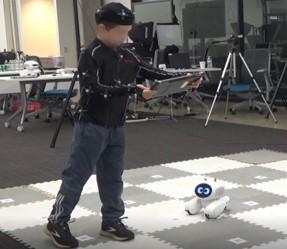
This study introduces an innovative augmented reality (AR) environment, augmented by Linibot, a physical robot, to cultivate computational thinking skills in young learners. Integrating AR technology with Linibot, children navigate a grid-like environment on a tablet, guided by the robot through AR obstacles. The objectives include fostering STEM problem-solving, symbol comprehension, and confidence in technology. Pre- and post-tests evaluated the impact on computational thinking in the…
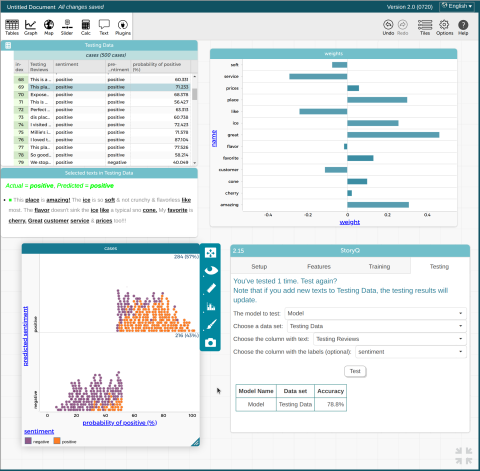
As artificial intelligence (AI) transforms our society, it is essential for students to understand its mechanics, how machines learn from data, and the role of humans from diverse backgrounds and expertise in shaping AI. While computer science standards and organizations have emerged with commendable approaches, they often relegate experiences to self-selecting students who already show interest in the topic, and most students remain unaware of how AI is reshaping their future. Further, the AI…
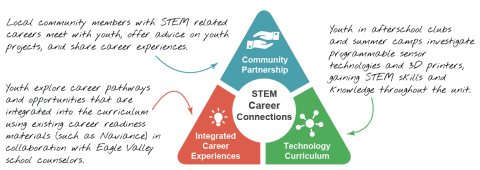
Our goal for the STEM Career Connections project is to develop an innovative career readiness model for both in and out of school settings that will profoundly increase the knowledge of, and interest in, STEM (science, technology, engineering, mathematics) and computing careers for middle school youth within Eagle County, Colorado, who are often underserved in STEM fields. To achieve this goal, we have three integral components of the project: • a community partnership working together to…

SISTEM is supporting PreK students’ integrated science, language, and literacy learning by creating a coherent model of family-school-community partnership with a focus on multilingual learner’s (MLs). EDC and the Connecticut Science Center (CSC) are collaborating to engage children, families, teachers, and the community to form powerful partnerships that fuel children’s science and language learning across multiple settings. The project aims to enrich the quality and quantity of science and…
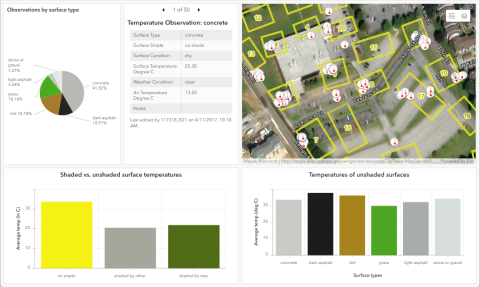
Three universities (Lehigh, Texas Christian, and Washington State University Tri-Cities) are collaborating with teachers at nine high schools to integrate GIS into core curricular content areas (Environmental Science, Biology, Chemistry, Physics, Geography, and more; including special education settings) and specialized classes (Robotics, Forensics, and so on). Our work with teachers spans technical instruction (learning about GIS), curriculum development (co-designing materials for the…
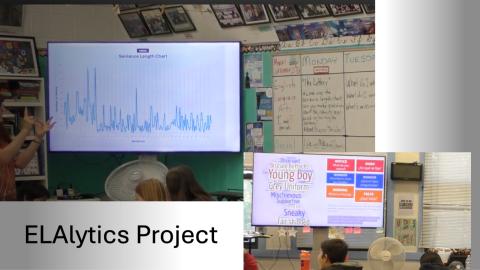
Data visualizations are emerging as ways to examine and “see” literary texts in new ways by making salient the countable and quantifiable features of a book, story, or other composition. Taking seriously the potential for literary literacy and data literacy to be complementary and mutually supportive in interpretive work, this project involves cycles of co-design with middle school English language arts teachers to bring text analytics visualizations into their classroom instruction through new…
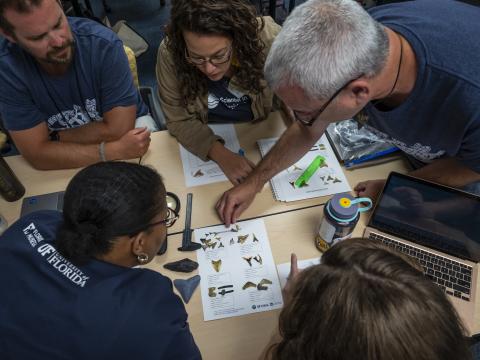
The project aims to integrate paleontology and machine learning (ML), a subfield of artificial intelligence (AI), to develop a curriculum for middle school teachers and students. Teachers attend a weeklong professional development workshop at the University of Florida to learn about AI and gain experience with the curriculum before implementing it. Over three cohorts, approximately 50 teachers will be recruited to participate in the project and to implement curricular activities in their…
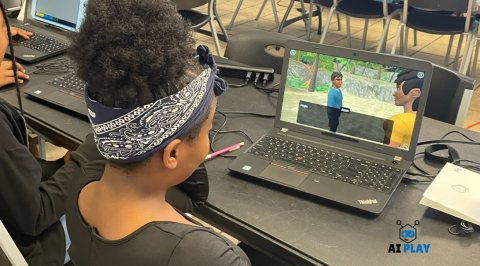
Advances in AI are fundamentally reshaping the workplace of the future and accelerating the demand for creating and sustaining an AI-literate workforce. This demand highlights the importance for all K-12 students to develop an understanding of AI to prepare them for future careers. The AI Play project introduces AI concepts to middle grades students (ages 11-14) and teachers through workshops, camps, and school-based programs in rural communities of North Carolina. With a focus on fostering…
The Youth Astronomy Network (YouthAstroNet for short) is a national, online community of youth, educators, and scientists that aims to help youth gain confidence and identity as someone who can do science through personal participation in authentic inquiry, supported by unique access to the resources of the Center for Astrophysics | Harvard & Smithsonian. Young people in every neighborhood, urban or rural, have questions about the universe. But many youth, particularly those in underserved…
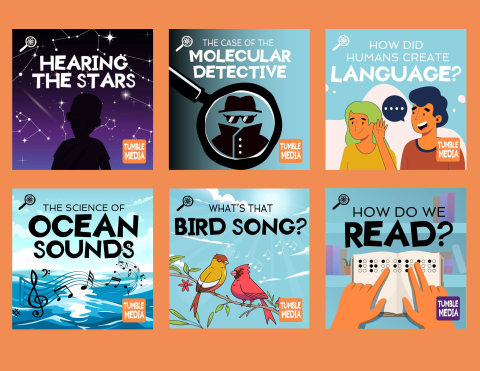
The STEM Storytelling through Podcasts (SSP) project focuses on broadening participation for blind and low vision and sighted upper elementary students by engaging them with podcast technology to promote access to STEM and introduce students to STEM/ICT careers.